Think about the last time you took a walk through the city. While you were trying to embrace the view in front, observing skyscrapers reaching for the sky, roads and transits making their way through, did a sense of curiosity ever grip you? Why do we build such incredibly tall skyscrapers? What’s behind our urge to reach for the sky?
The answers lie in a delicate interplay of factors. Rapid urbanization, limited spaces, and a burgeoning global population propelling us upwards. Think about it, our cities are growing, and they’re growing at an astonishing rate. According to the United Nations, by 2050, more than two-thirds of the world’s population will be living in urban areas. That’s a staggering number, and it begs the question: where will all these people live and work? This statistic not only highlights the urgency for our vertical growth but also makes us question the very essence of living in modern cities.
The need to introduce vertical gardens in Skyscrapers
As our cities get bigger and more crowded, we’re using up the land where plants and trees used to thrive. We’re turning green spaces into concrete jungles, deteriorating the quality of our life for people and the environment. Therefore, the concept of vertical gardens in skyscrapers evolved as an eco-friendly way to cohabitate the built and unbuilt environment.
But these vertical gardens in skyscrapers do more than just look pretty. They make the most of the limited available space and pose as a self-sufficient and sustainable approach to combat the altering climate which also has a positive psychological impact on human health. They help in restoring order and maintain the ecological balance.
How are vertical gardens beneficial in skyscrapers?
The modern-day approach to vertical gardening is soon turning into a trend of sustainable design that helps to preserve the environment and exhibits many benefits. Some of these include-
Optimal Space Utilization
Vertical gardens maximize the use of limited urban space. In densely populated areas, where land is at a premium, these gardens utilize the otherwise unused vertical surfaces, making efficient use of space. This allows for the integration of greenery without sacrificing the building’s functionality and valuable real estate, contributing to a more sustainable urban environment.
Improved Air and Sound Quality
Vertical gardens act as natural filters, trapping pollutants and reducing airborne particulate matter. This leads to cleaner, fresher air within the skyscraper, which is particularly beneficial in densely populated urban areas with high pollution levels. Additionally, these green installations help dampen external noise, contributing to a quieter and more peaceful indoor environment for residents and workers.
Temperature Regulation
Skyscrapers are known for their glass facades that trap heat, leading to the urban heat island effect. Vertical gardens help regulate temperatures by providing shade and insulation. The plants absorb sunlight, reducing the building’s cooling needs in the summer and heat retention in the winter, resulting in energy savings and a more comfortable indoor climate.
Wellbeing and Productivity
The presence of landscaping has a positive impact on human well-being. Exposure to nature reduces stress, increases productivity, and enhances overall quality of life. In skyscrapers, vertical gardens can be strategically placed in communal areas, offices, or residential spaces to promote mental and physical health among occupants.
Aesthetic Appeal
Vertical gardens are not just functional; they also enhance the visual appeal of skyscrapers. The lush greenery adds a touch of nature to the concrete jungle, creating a visually striking contrast. These living walls can be designed in creative ways, becoming iconic features of the skyline and landmarks of the city.
3 Outstanding Examples of Skyscrapers with Vertical Gardens
Mentioned below are some striking examples of skyscrapers that have achieved global success and set a blueprint for the future of green and sustainable architecture.
One Central Park, Sydney, Australia
Designed by the French ateliers Jean Nouvel and Urbis Pvt. Ltd., One Central Park is an ecologically designed project that officially opened in December 2013. It is a mixed-use, dual high-rise building located at the heart of Sydney near Central Station. It was awarded ‘The Best Tall Building in the World’ in 2014.
This 117-meter tall skyscraper has vertical garden walls housing 35,000 plants and a sky garden green roof that was realized by the French botanist Patrick Blanc. The project features two buildings, the 33-storey East Tower and the 16-storey West Tower which are connected by a 5-storey podium. This skyscraper’s vertical garden is developed on a hydroponic system that enables vegetal growth without the need for soil. Light, carbon dioxide, water, and nutrients to the plants are mechanically supplied and managed through a building management system to foster their survival and growth without compromising the structural integrity of the building.
The plants throughout the building are thoughtfully designed and placed to collect direct sunlight for heating and lighting as well as provide organic shading. This reduces the energy consumption for cooling and facilitates the building to behave in an energy-efficient manner. The building also reflects less heat as compared to conventional permanent shading strategies.
Bosco Verticale Towers, Milan, Italy
The Bosco Verticale Towers in Milan were designed by the Italian architect Stefan Boeri to combat the growing air pollution in Milan. Completed in 2014, this project comprises 2 residential buildings of height 112 meters (Tower E) and 80 meters (Tower D). Hosting about 700 tree species, 11,000 perennials and covering plants, and 5,000 shrub species, the towers exemplify a new model of urban revitalization and are a recipient of ‘The Most Beautiful and Innovative High Rise Buildings in the World’ in 2014.
Rejecting the traditional shading on urban surfaces, this building exhibits vertical vegetation screening and the creation of gardens on terraces. The sophisticated selection of plant species and their orientation on each facade helps to develop a microclimate wherein the plants act as an extension to filter the interior of the building from the external urban environment. They absorb carbon dioxide and fine particles contained in the environment and produce oxygen and humidity. They also act as a screen to protect against radiation and noise pollution. The plant colors change depending on the season and nature of vegetation used, making the facade ever so dynamic.
Hotel Oasia Downtown, Singapore
Located in the dense central business district of Singapore, Hotel Oasia Downtown is designed by the local design studio WOHA Architects and completed construction in 2016. It houses hotel rooms, club rooms, and office spaces and is characterized by a new typology of a tropical skyscraper with terrace gardens and vertical vegetation. The hotel is awarded with the Green Mark Certification and the Green Good Design Award.
The building has a cylindrical form that towers up to a height of 191 meters and is an example of land use intensification for urban tropical fabric. The tower also has visually interesting, dynamic, and modern-functional internal spaces designed by the Spanish interior designer Patricia Urquiola that offer ample public space for social interaction and recreation. A series of sky garden terraces located strategically at the corners of the building on different levels offer a 360-degree view of the city while also serving as overhangs to shade the terraces below. These also facilitate good cross-ventilation through the building.
The skyscraper’s facade is a red aluminum mesh grid that uses extensive landscaping as a surface treatment. It allows the integration of biological forms for the creation of a vegetal cover that includes 21 different species of creepers interspersed with colorful flowers. It has 33 species of plants and a wide range of locally grown trees that intertwine to benefit conditions of light, shade, and wind. Overall, the building achieves a 1,100% Green Plot Ratio that compensates for the lack of green in nearly 10 surrounding buildings and refuels the city life with a biodiversity balance.
As our cities reach for the skies, skyscrapers adorned with vertical gardens not only redefine urban architecture but also revolutionize our approach to sustainable living. They depict our capacity to innovate, adapt, and cultivate sustainable, dynamic, and livable urban landscapes for generations to come.
Vertical gardens in skyscrapers are more than just a trend; they are a blend of nature and urban life, mitigating environmental challenges and enhancing the well-being of city dwellers. With their myriad benefits, these lush green towers serve as evidence of our ability to create a greener, healthier, and more vibrant future amidst the concrete blocks we call home.
Learn with PAACADEMY:
Check out the workshops at PAACADEMY to learn from the industry’s best experts how to use advanced parametric design tools, AI in design workflows, and computational design in architecture!




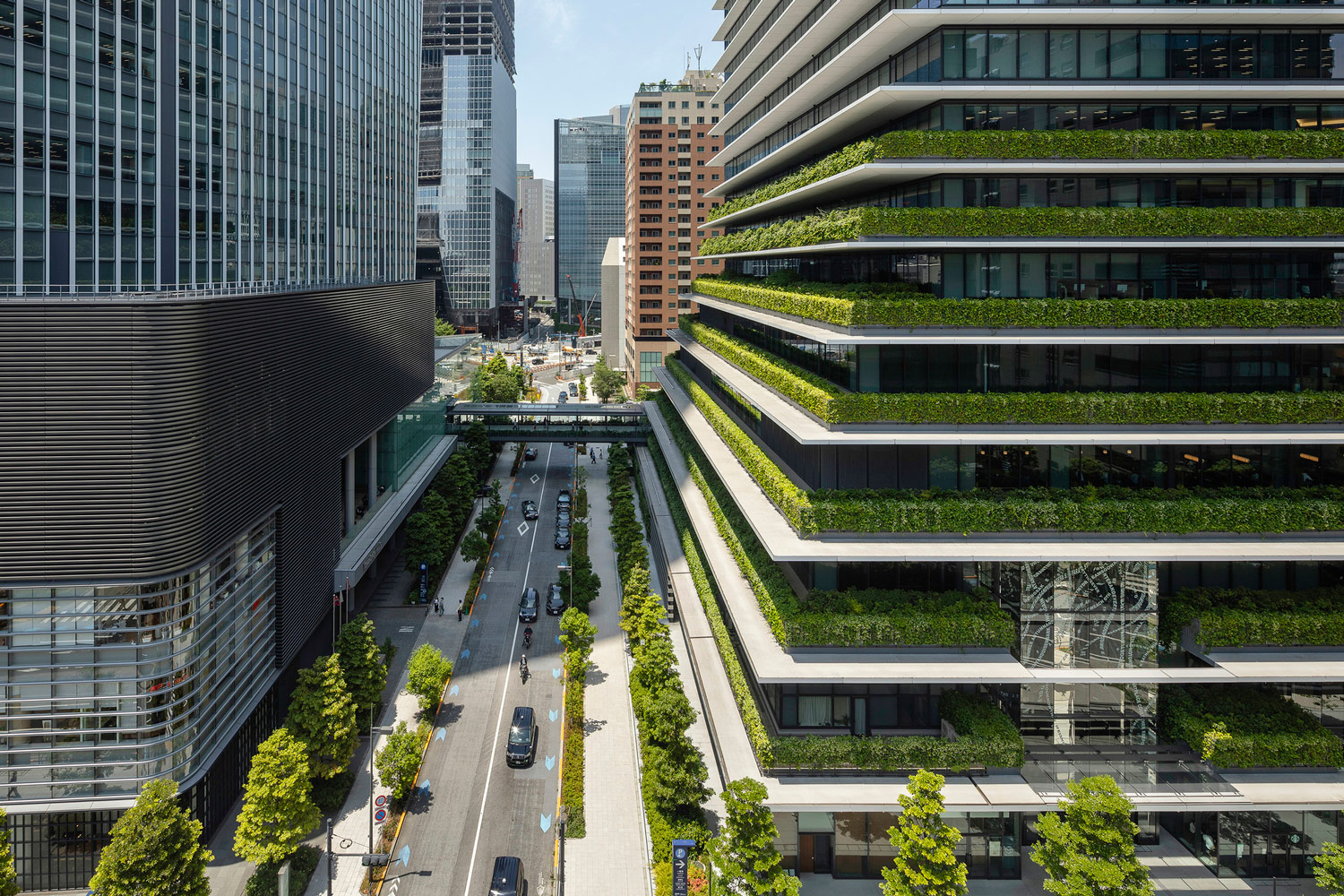
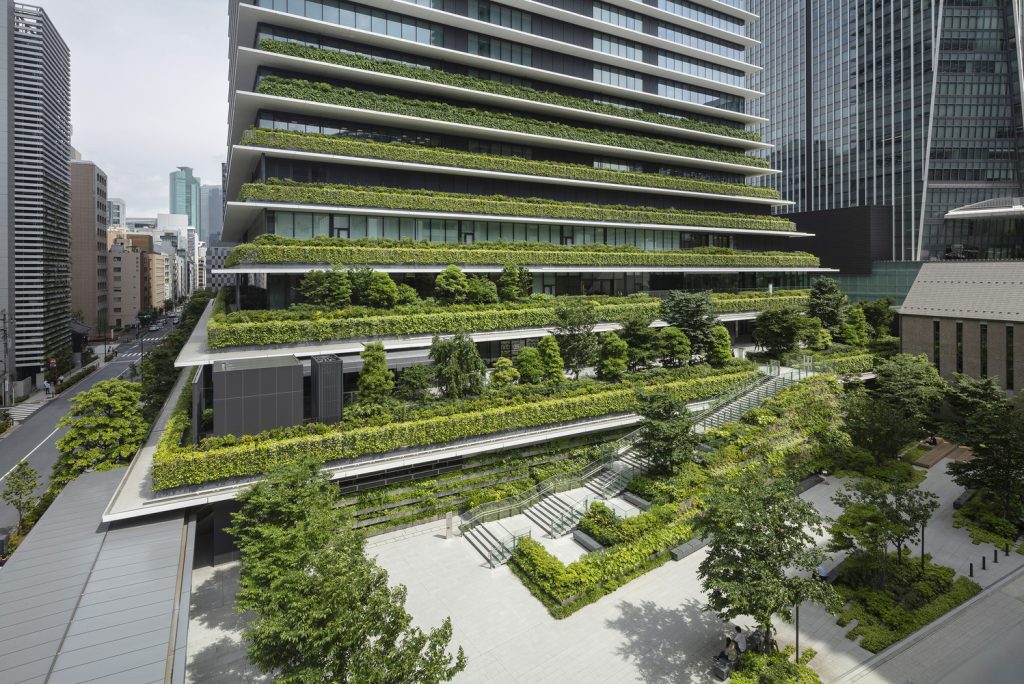
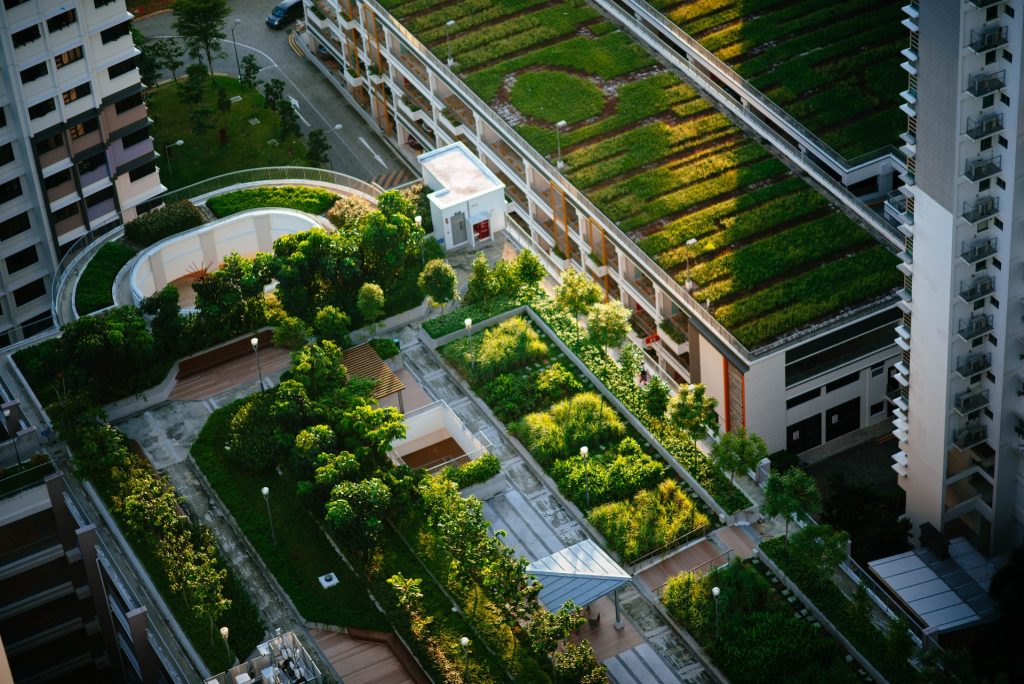
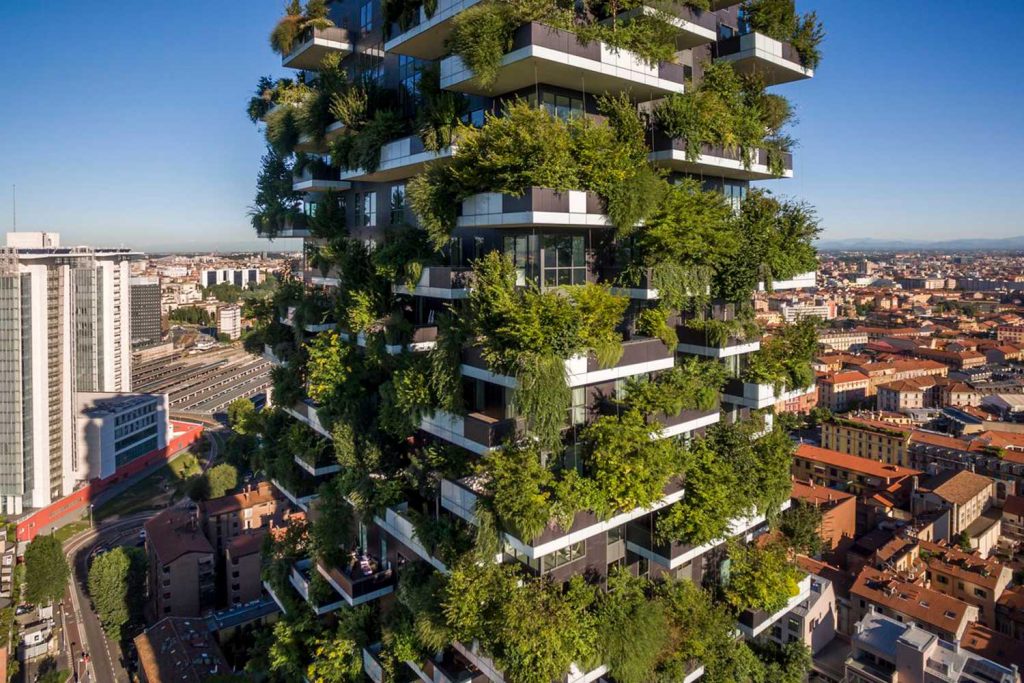
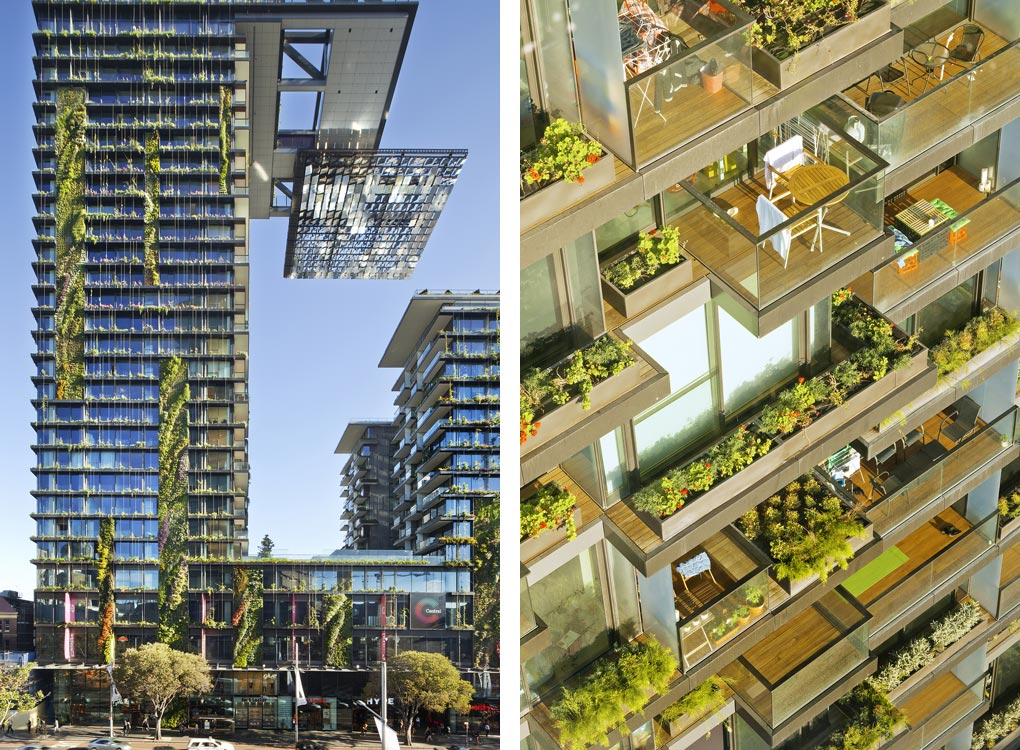
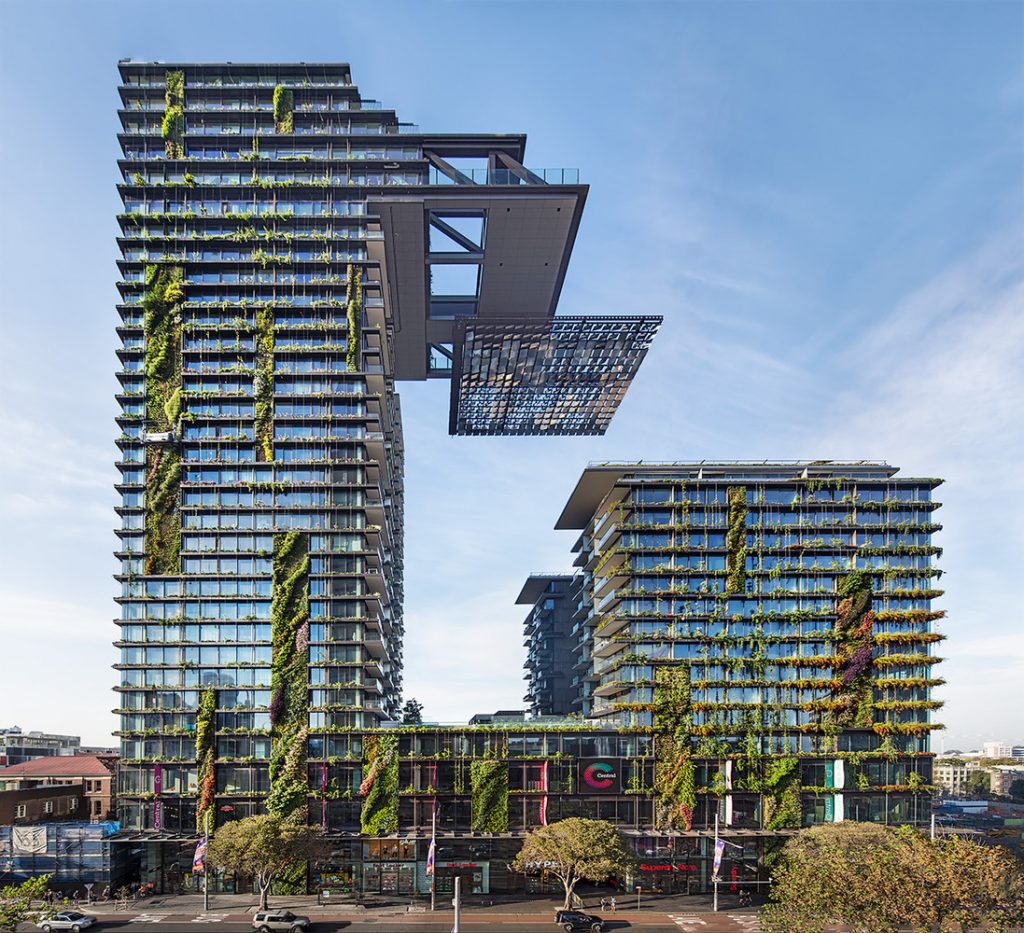
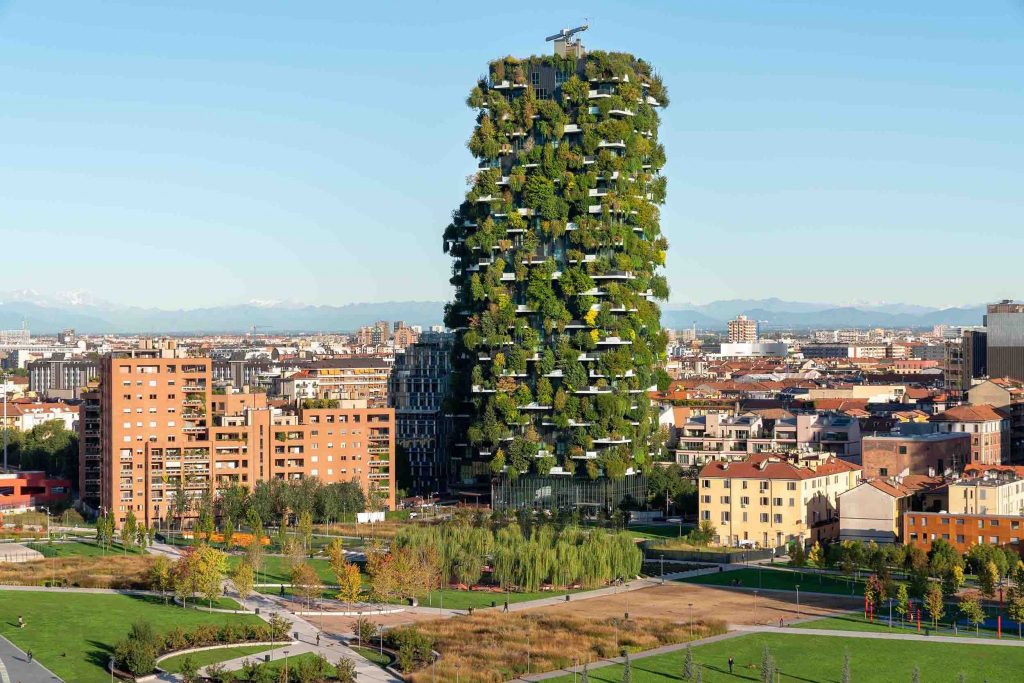
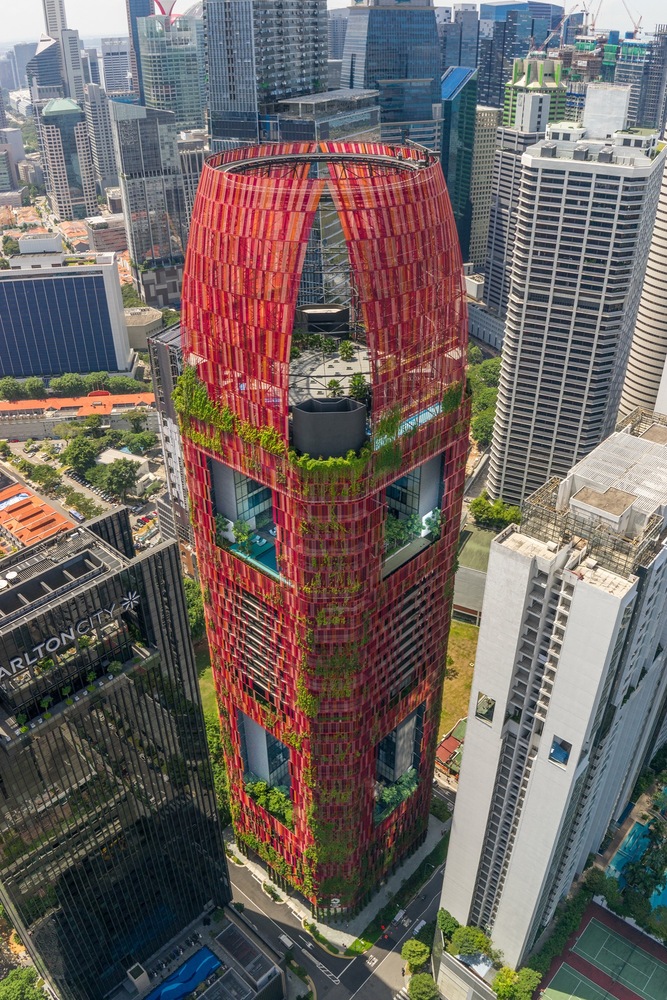
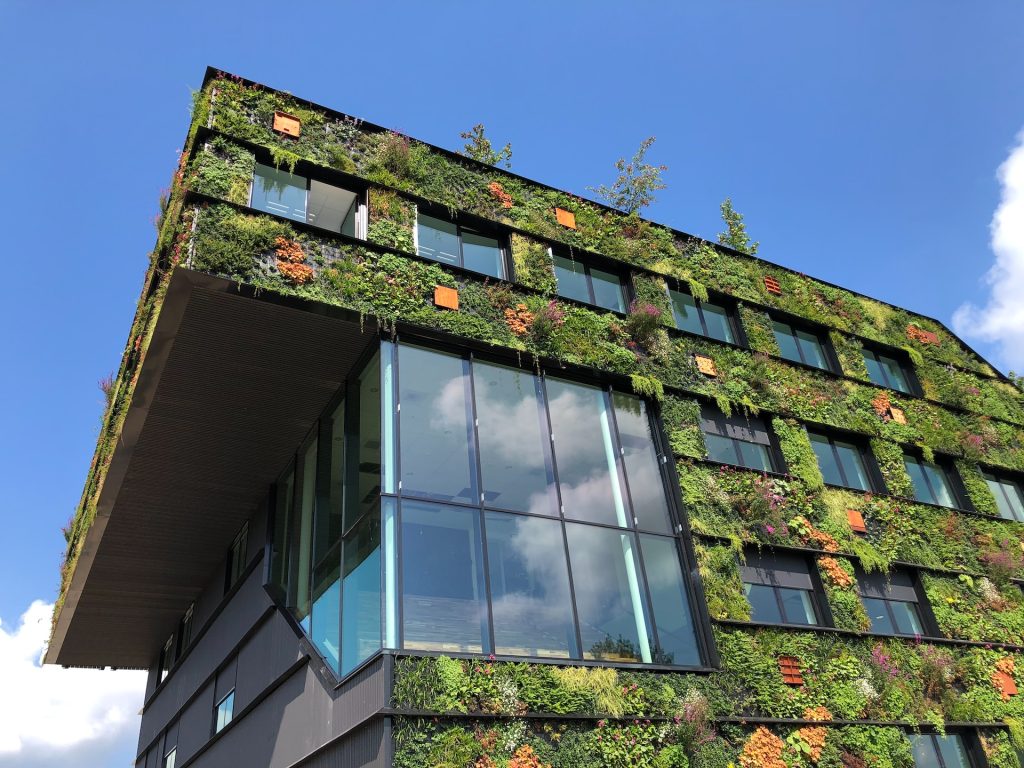



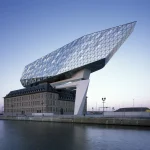
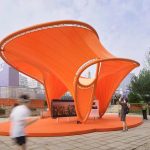








Leave a comment